Italian, circa 1700.
Measures 3.4 x 3.1cm (excluding its loose bail).
The cameo is stylistically inspired by Roman cameos of the 2nd-3rd centuries.
Mounted in a silver gilt pendant setting.
Following his death, Hadrian deified Antinous and founded an organised cult devoted to his worship that spread throughout the Empire. Hadrian founded the city of Antinoöpolis close to Antinous's place of death, which became a cultic centre for the worship of Osiris-Antinous. Hadrian also founded games in commemoration of Antinous to take place in both Antinoöpolis and Athens, with Antinous becoming a symbol of Hadrian's dreams of pan-Hellenism. The worship of Antinous proved to be one of the most enduring and popular of cults of deified humans in the Roman empire, and events continued to be founded in his honour long after Hadrian's death.
Antinous became a symbol of male homosexuality in Western culture, appearing in the work of Oscar Wilde and Fernando Pessoa.
The final image is of a cameo of the same subject which is catalogued as Italian, mid 18th century from the collection of the Metropolitan Museum of Art, Accession Number: 39.22.41.
Their catalogue note reads: The double portrait of the emperor Hadrian and his favorite possibly catered to the tastes of a homosexual aware of antecedents in ancient history.








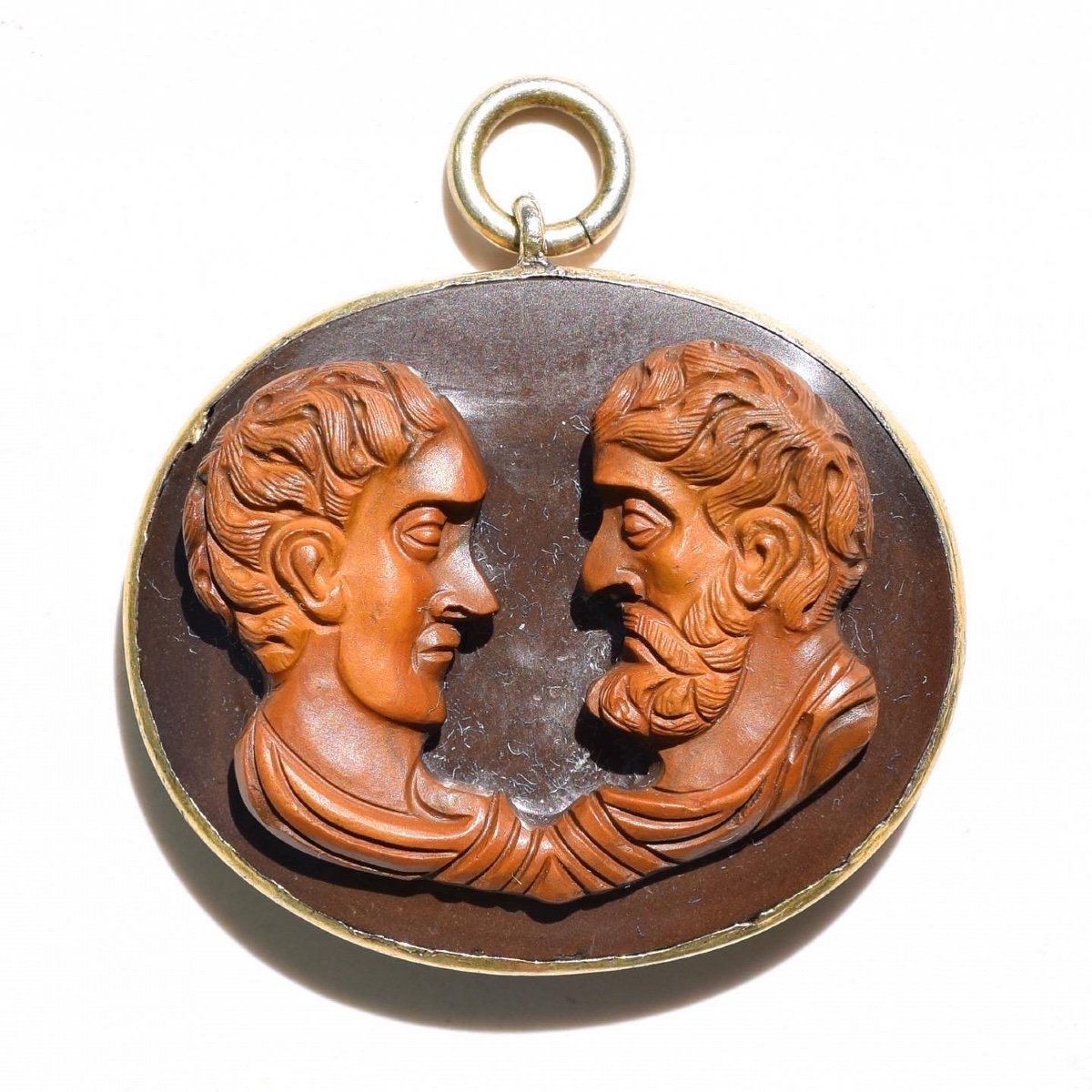





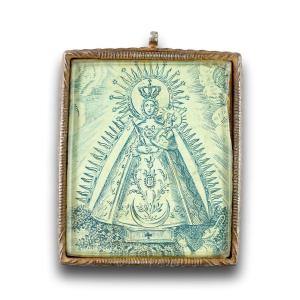



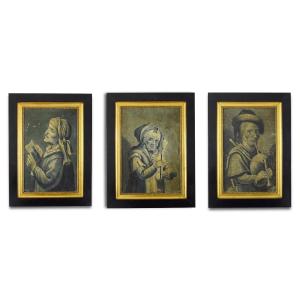
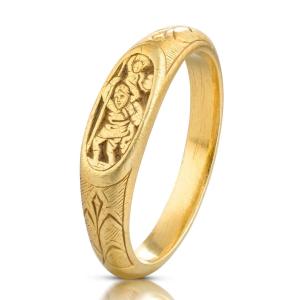




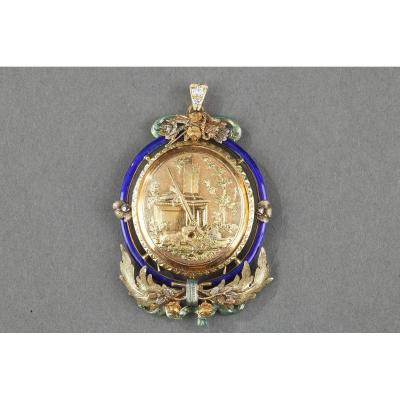



 Le Magazine de PROANTIC
Le Magazine de PROANTIC TRÉSORS Magazine
TRÉSORS Magazine Rivista Artiquariato
Rivista Artiquariato
